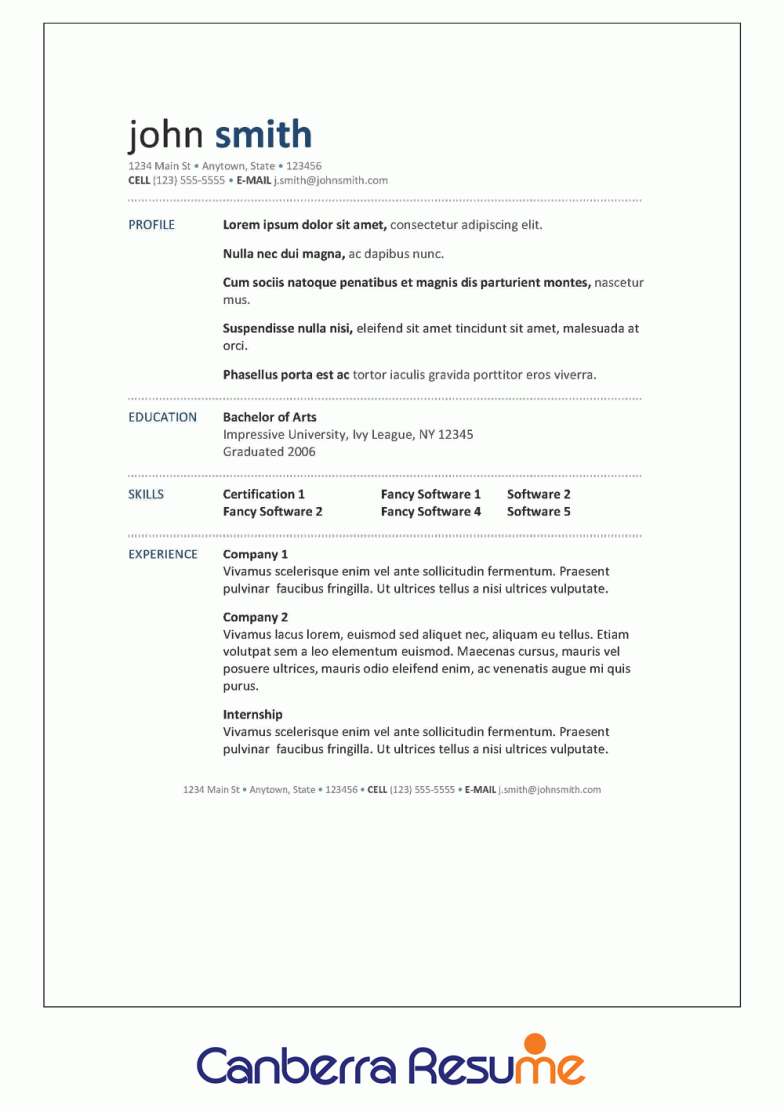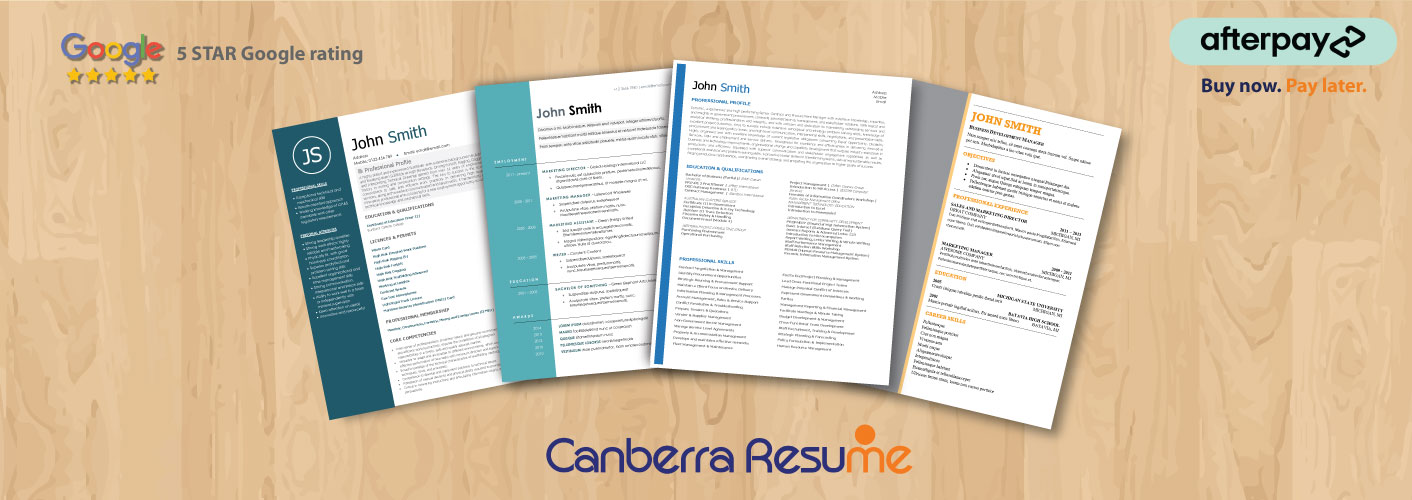You have no items in your cart. Want to get some nice things?


Experienced and degree qualified HR professionals and writers, creating your professional resume.
Have your Professional Resume written in 1-3 business days.
Your Resume Writer won’t stop until you are 100% happy!
If you want to stand the best chance of landing your dream job in today’s competitive market, you need something that makes you stand head and shoulders above the rest. An outstanding resume, interesting LinkedIn profile and an engaging cover letter may be just what you need to show your future employer that you tick all the right boxes. Luckily for you, we at Canberra Resume provide professional resume services to help you succeed and stand out from the crowd.
Our Canberra Resume team consists of HR Managers, Recruiters, Resume Writers and Graphic Designers all working together to ensure that you have the best chance of landing your dream job.
Contact us today for an obligation free discussion and quote.
Custom resumes and cover letters tailored around your experience, education and the job you are applying for.
See all featuresOur LinkedIn profile writing team is made up of qualified HR managers, experienced recruiters.
See all features